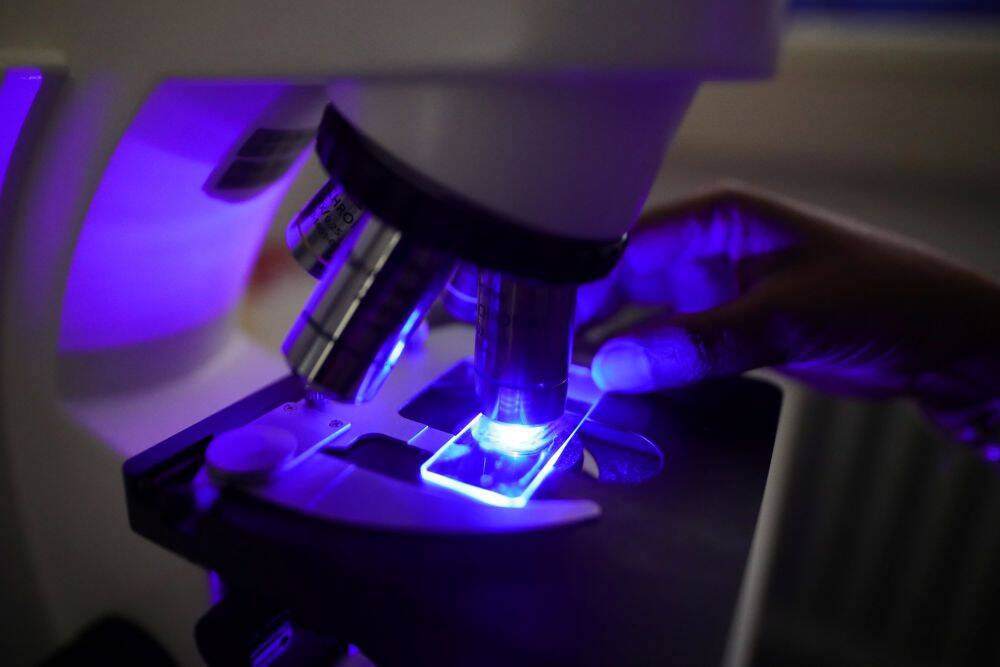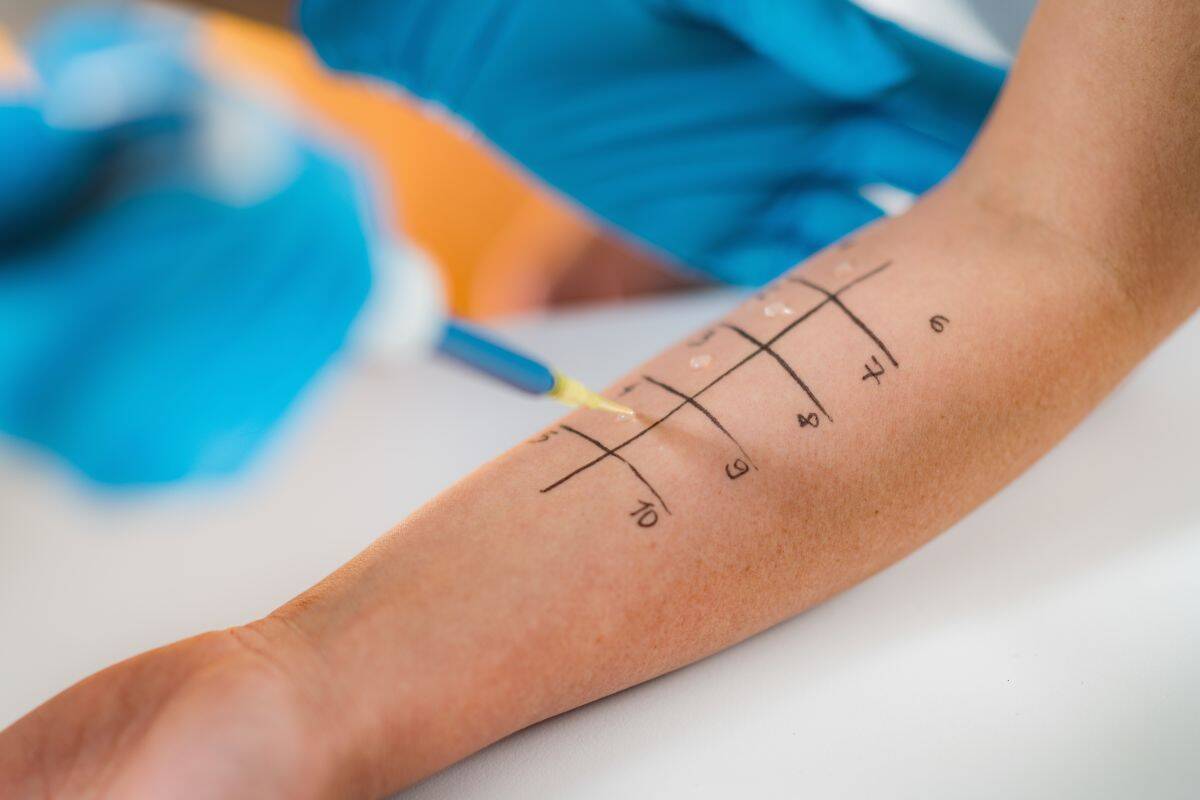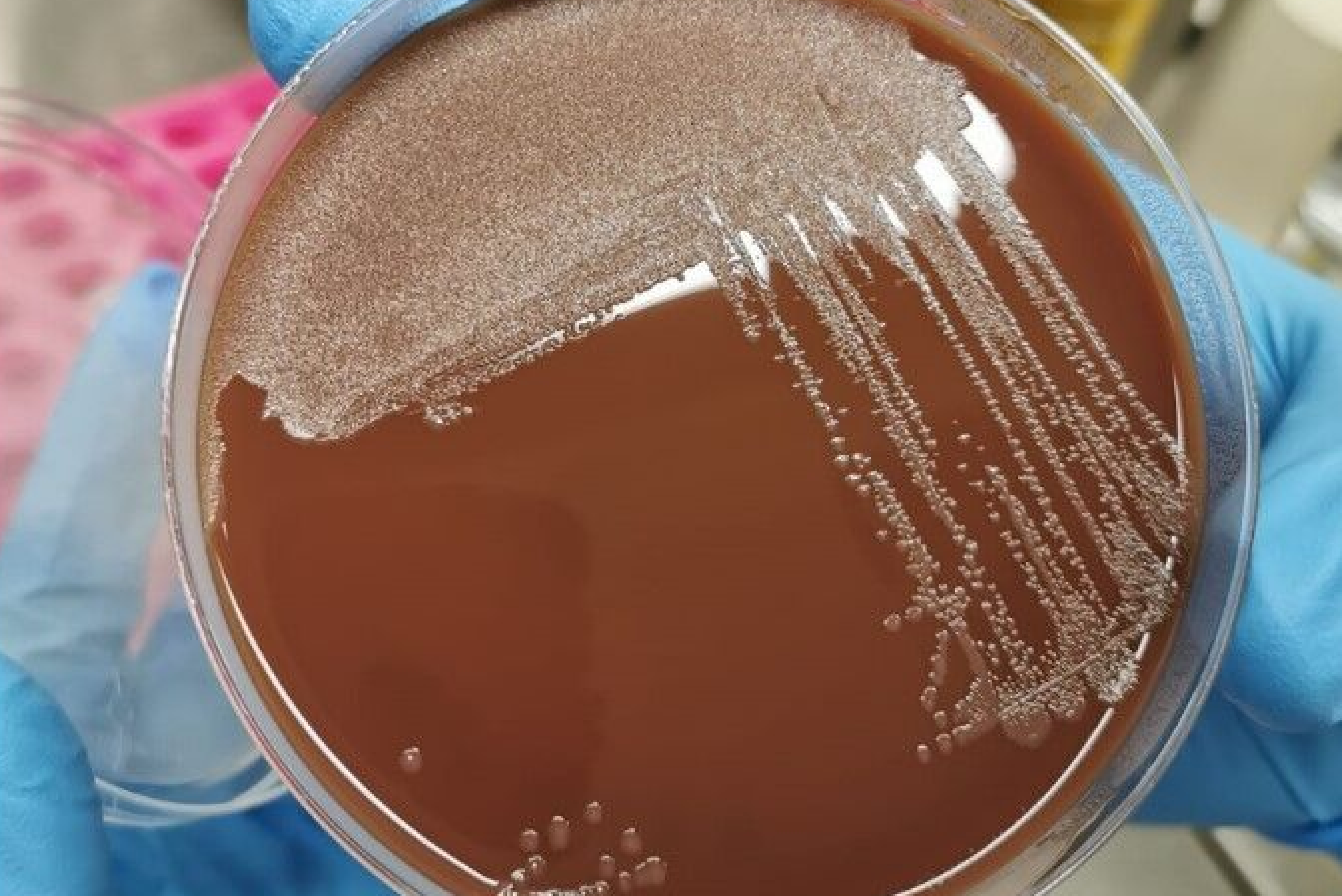Unsere Schwerpunkte: Volkserkrankungen wie Asthma, Allergien und Chronisch Obstruktive Lungenerkrankungen (COPD), sowie infektionsbedingte Entzündungen der Lunge, vor allem die Tuberkulose (TB).

10.12.2025
Einen neuen vielversprechenden Wirkstoff gegen Tuberkulosebakterien haben Forschende der Martin-Luther-Universität Halle-Wittenberg (MLU) und des Forschungszentrums Borstel, Leibniz Lungenzentrums entwickelt. Im Labor stellte das Team eine Verbindung her, die die Energieproduktion der Krankheitserreger hemmt und sie absterben lässt. Etablierte Medikamente wirken auf ähnliche Weise, allerdings wird der Erreger zunehmend resistent gegen diese Arzneimittel.

08.12.2025
Die fünfte, umfassend überarbeitete und erweiterte Auflage des „Weißbuch Allergie in Deutschland“ ist im Oktober dieses Jahres im Springer Medizin Verlag erschienen. Ein zentraler inhaltlicher Beitrag dieses Standardwerks stammt auch in dieser Auflage von Prof. Uta Jappe vom Forschungszentrum Borstel, Leibniz Lungenzentrum (FZB). Gemeinsam mit den Kollegen Jörg Kleine-Tebbe✝, Berlin, und Richard Brans, Osnabrück, beleuchtet sie darin aktuelle wissenschaftliche Er

08.12.2025
Antibiotikaresistenzen gehören zu den größten Herausforderungen der modernen Medizin. Eine aktuelle Studie zeigt nun, dass der Krankheitserreger Haemophilus influenzae einen bislang unbekannten und genetisch sehr instabilen Resistenzmechanismus ausbilden kann. Diese sogenannte instabile Heteroresistenz wird mit klassischen Resistenztests häufig nicht erkannt, was im schlimmsten Fall zu Behandlungsfehlern führen kann.